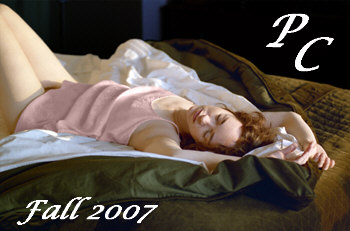

"In my dreams now there’s a constant shifting from one scene to another, with no structured plot. I feel as though I’m searching for a place, but I don’t know what it is. So the dreams are the essence of entropy, with their disorder that comes through indecision and searching."
The Real Abstract: Louise Bourgeois’s Sculpture by Donald Kuspit - Click Here
"More signficantly, at least to me, Bourgeois’s sculptures have the aura of uncanniness that abstract art had when it was new and unfamiliar, an uncanniness it inevitably lost when it became à la mode establishment art. It lost its soul--what Kandinsky called its inner necessity--as it became matter-of-fact: “positivist,” as Clement Greenberg called it, that is, simply a “statement” of the “formal facts” (line, color, shape). More pointedly, it lost what G. Albert Aurier, the great Symbolist critic and theorist, called “the transcendental emotivity, so grand and precious, that makes the soul tremble before the pulsing drama of the abstractions."
Defining Jewish Painters in Nineteenth-Century Europe by Larry Silver - Click Here
"Their roster includes celebrated, even surprising, names, including as Jozef Israëls in The Hague, Camille Pissarro in Paris, and Max Liebermann in Berlin. These painters had to make serious choices about how much to assert or embrace their religious and ethnic heritage, and whether they defined their Jewish identity as primarily religious or ethnic—even as they followed individual pathways within a labyrinthine complex of contested cultural terrain. Even the art world was shifting during the nineteenth century among contemporary artistic movements, played out in public exhibitions as well as private galleries in an increasingly international European arena."

Per Contra: The International Journal of the Arts, Literature and Ideas
Visual Arts